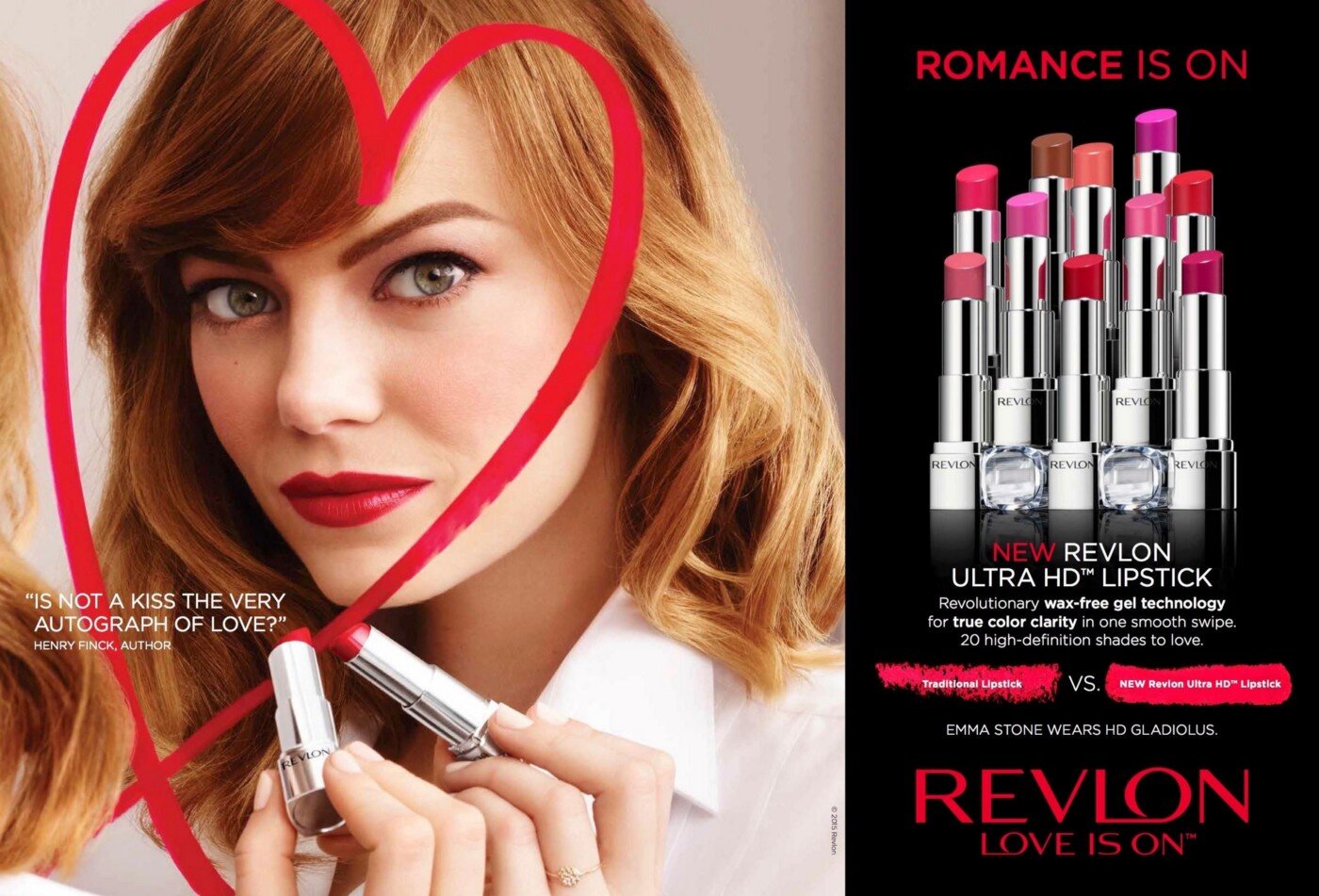Revlon sells hope. What does your cultural organization sell?
Revlon founder Charles Revson (1906-1975) once said,"In the factory, we make cosmetics. In the drugstore, we sell hope." Indeed, the Revlon ad above is designed to trigger customers to purchase the potential for beauty, love, and romance.
You might be surprised by what you discover when you apply this framework to your cultural organization: On the stage, we make _______. In the concert hall, we sell ________.”
Yes of course, you make art, or dance, or high quality classical music. But what is your audience buying? In the language of the customer-centric “Jobs to Be Done” approach, for what progress or transformation are your audiences “hiring” you or your art?
Hint: It’s not always purely to experience art. In fact, it’s probably most likely to be something else. Like social connection, or a sophisticated night on the town, or a birthday gift for a parent, or elevated social status. And the answers you uncover become powerful tools that help to create deeply empathetic marketing and highly effective organizational strategy.
To truly understand what your audiences are buying when they purchase a ticket, you must talk to your customers. Regularly and often.
Uncovering a ticket buyer’s underlying motivation requires the determination and stamina of an investigative journalist. But you’ll walk away armed with insights so powerful that your marketing will write itself. That’s the power of customer centricity.
FAQs:
Q: How can cultural organizations effectively determine what their audiences are truly buying beyond the art or performances being offered?
A: One-on-one patron interviews are the best way to uncover the underlying motivations for your customers’ ticket purchases. Here are some additional strategies. I also highly recommend customer insight wizard Bob Moesta and his book Demand Side Sales 101. Another great resource on how to conduct customer interviews is Michele Hansen’s Deploy Empathy.
Q: Can you provide examples of cultural organizations that have successfully implemented customer-centric approaches to their marketing and organizational strategy, and what were the results?
A: The California Symphony doubled their audiences and nearly quadrupled their donor base. Opera Australia increased attendance by 28% in 8 years. Then there’s the Queensland Symphony, the Fort Collins Symphony, and the Flagstaff Symphony.
Q: Are there any common pitfalls or challenges that cultural organizations might encounter when attempting to adopt a customer-centric approach to their marketing and organizational strategy?
A: While embracing a customer-centric approach can yield significant benefits, cultural organizations may face challenges such as resistance to change from within the organization, difficulties in accurately interpreting customer feedback, and the need for additional resources and expertise to effectively implement new strategies. Understanding and addressing these potential pitfalls can be crucial for successful implementation.

